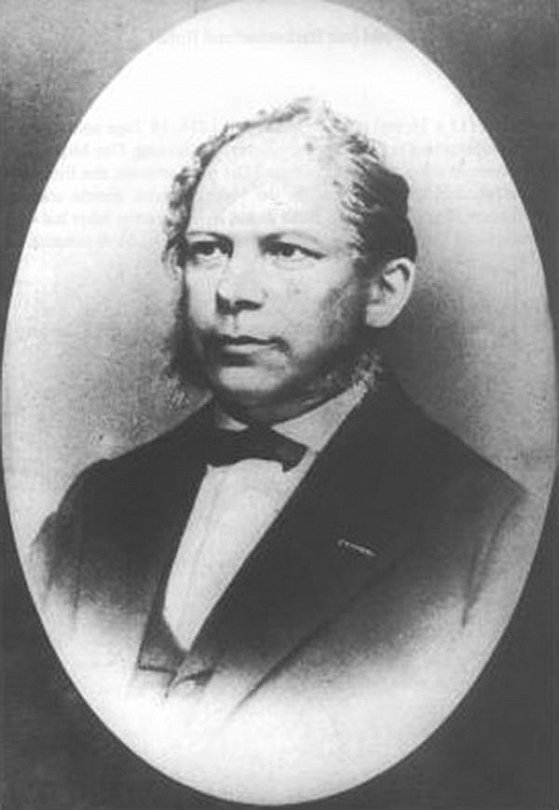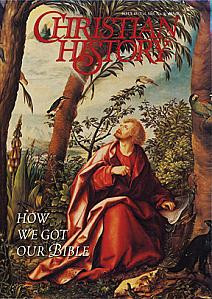Did Tischendorf Lie to Get Control of the Precious Sinaiticus Manuscript?

Tischendorf rediscovered the Codex Sinaiticus.
CONSTANTIN TISCHENDORF, famous for bringing the Codex Sinaiticus (a rare Bible manuscript) to the west, was born in Langenfeld, Saxony (now part of Germany) on this day, 18 January 1815. Studying at the University of Leipzig, he became interested in questions of New Testament authenticity. He desired to reconstruct the original text of the Bible from the oldest existing manuscripts. After completing his Ph.D. in 1838 he examined texts throughout Europe, especially at France’s great library, the Bibliothèque Nationale. Afterward, he traveled to the Middle East “to recover if possible the genuine apostolic text which is the foundation of our faith...” He accepted hardships and made many sacrifices in pursuit of this work.
In May of 1844, at the monastery of St. Catherine on Mt. Sinai, he saw a basket filled with tattered parchments. The librarian said two similar baskets full had been used to kindle fires.* Among the scraps in the basket he counted one hundred and twenty nine pages of a Greek Old Testament, dating from the 4th century. Seeing Tischendorf’s enthusiasm, the monks became cautious and allowed Tischendorf to take only forty-three leaves.
He visited the monastery again in 1853 but was unable to obtain more of the manuscript. But six years later, he made another trek to Sinai. On the last day of his visit, a steward brought down “a bulky kind of volume, wrapped up in a red cloth, and laid it before me.” Unrolling the cover, Tischendorf found not only the fragments he had viewed fifteen years before but also a complete New Testament, the Epistle of Barnabas, and part of the Shepherd of Hermas. He pretended nonchalance and asked if he might take the manuscript to his quarters to look it over at more leisure. There he feverishly copied the first pages of the Epistle of Barnabas for which no good Greek original had yet been found.
Eventually Tischendorf returned to Cairo, where he coaxed the abbot, who was at that moment on his way to a conference, to send for the manuscript. Despite heat and weariness, Tischendorf copied all 110,000 lines in a few days. The monks reluctantly allowed him to take the manuscript to Russia for photographic reproduction and Tischendorf issued a receipt promising to return it. When the monks found some missing leaves they forwarded them to him, showing that good will still existed between them at that point. However, after Tischendorf presented the codex to the Tsar as a gift, the monks accused him of duplicity and asked the Russians to return it. The Russians convinced them to sell it instead. In 1933 cash-strapped Communists re-sold Sinaiticus to the British Museum for £100,000.
Codex Sinaiticus proved invaluable for checking the accuracy of modern translations. Interestingly, the last verses of Mark and the story of the woman taken in adultery (John 8) were not included, suggesting they were later additions to Scripture.
—Dan Graves
* Some scholars consider this account by Tischendorf false, pointing out that the monastery preserved three thousand manuscripts—many for a millennium or more. Tischendorf’s defenders replied that the monks allowed a thousand other manuscripts to lie buried for two hundred years under a collapsed building.
----- ----- -----
For more fascinating stories of the people who brought us the modern Bible, read Christian History #43, How We Got Our Bible






